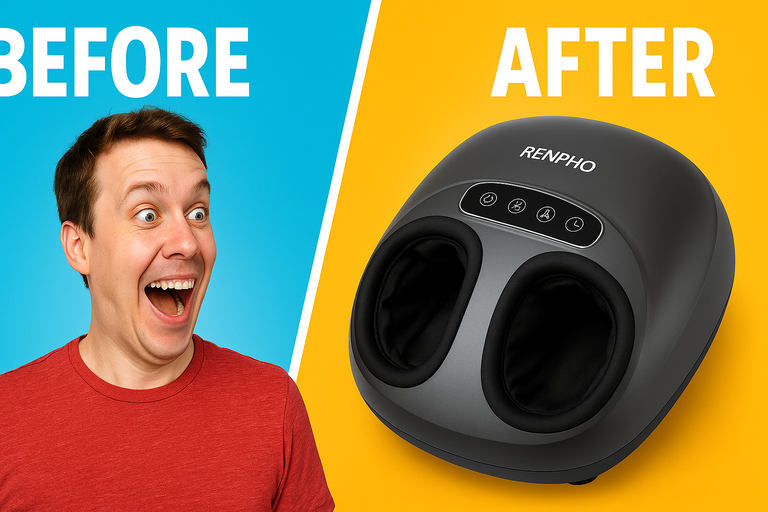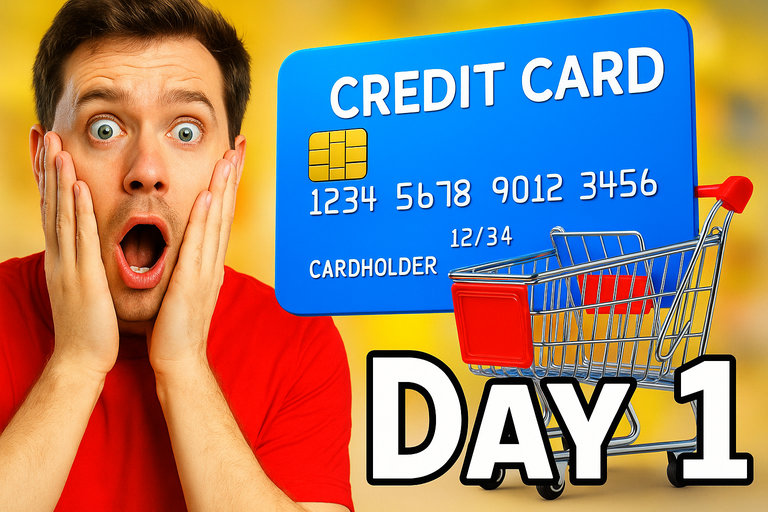
Pause Before You Click ‘Buy’—You Could Be Shopping at a Fake Store Right Now.
It’s 2025, and online shopping has never been more addictive—or more dangerous. Picture this: You’re searching for the perfect summer gadget, only to land on a site that looks exactly like your favorite retailer. The prices are too good to pass up. Every button works. The reviews look legit. But hidden beneath that shiny exterior? A scam, and it could snag your personal info (or worse) in seconds.
Sound dramatic? Unfortunately, it’s the new normal. A recent report from 9to5Mac (DuckDuckGo scam blocker detects fake stores, crypto sites, virus alerts, more) spotlights a surge in sophisticated, fake e-commerce sites, crypto scams, and bogus virus alerts. It’s like a high-tech game of Whac-A-Mole: for every scam blocked, another pops up looking even more real.
But here’s the twist—there’s also a new wave of protection sweeping in. Today’s privacy-focused tech isn’t just for security nerds; it’s built right into the browsing tools that everyday shoppers already use.
The Game-Changer: DuckDuckGo’s Free Scam Blocker
Let’s break it down. DuckDuckGo, long loved for its privacy-first search engine, just supercharged its Mac and iOS browsers with a built-in scam blocker. It now actively detects and blocks:
- Fake e-commerce stores (think designer sneaker ‘deals’ that never ship)
- Crypto trading sites ready to drain your wallet
- Phony virus alerts trying to trick you into handing over your passwords
- …and more
And the kicker? It’s completely free, automatic, and requires zero tech skills. That’s a huge leap for online safety, especially as scams grow more creative and convincing.
Online Shopping 2.0: Trust, But Verify
But even with advanced browser protection, shoppers need to think differently. It’s no longer enough to “look for the lock icon” or trust familiar logos. Scammers are cloning entire websites, stealing product images, and even generating fake “verified buyer” reviews using AI.
Here’s what every savvy shopper should keep in mind in 2025:
- Double-check the URL. Tiny typos or weird subdomains? That’s a red flag.
- Never trust ‘too good to be true’ prices.
- Use tools that put you in control.
Enter XP9: The Chrome Extension That Shows You the Real Deal
Safety and smart shopping don’t have to be at odds. What if you could actually see yourself in the products you’re shopping for—before you buy—without ever giving up your privacy or falling for a scam?
That’s exactly what XP9’s innovative Chrome extension delivers. Unlike basic image downloaders or even Amazon’s own preview tools, XP9 lets you insert your own images into Amazon product photos. The result?
- You can visualize exactly how you’ll look in those sunglasses, or how that rug fits your living room.
- You’re interacting directly with trusted sites—no need to upload your photo to sketchy third parties.
- It’s fast, easy, and doesn’t require any technical wizardry.
Why does this matter in the context of scam prevention? Because the more personalized your shopping experience is within the secure ecosystem of your browser, the less likely you are to wander off to risky, unknown sites that prey on impulse buys and FOMO.
The Bigger Picture: Privacy, Personalization, and the Future of Safe Shopping
The zeitgeist of 2025 is clear: Online shoppers demand both convenience and confidence. DuckDuckGo’s scam blocker raises the bar for browser safety, while tools like XP9 are redefining what it means to “try before you buy”—all without making privacy an afterthought.
Let’s recap what you should do next:
- Install a trusted browser with built-in scam protection—it’s your first line of defense.
- Level-up your shopping game with extensions like XP9 that put you at the center of the experience—no more guessing, no more regrets.
- Stay skeptical and share your knowledge. Scammers rely on silence; the more you talk about these risks, the safer everyone gets.
Final Thought
The digital shopping revolution isn’t slowing down. The best defense is a blend of cutting-edge security and empowering, transparent tech. The next time you’re about to click “Add to Cart,” ask yourself: Am I shopping smart, or am I one click away from a scam? Maybe it’s time to upgrade your browser—and your shopping tools—before your luck runs out.
What’s your strategy for staying safe (and stylish) online in 2025? Let us know in the comments, and don’t forget to check out the latest in personalized shopping tech here.


